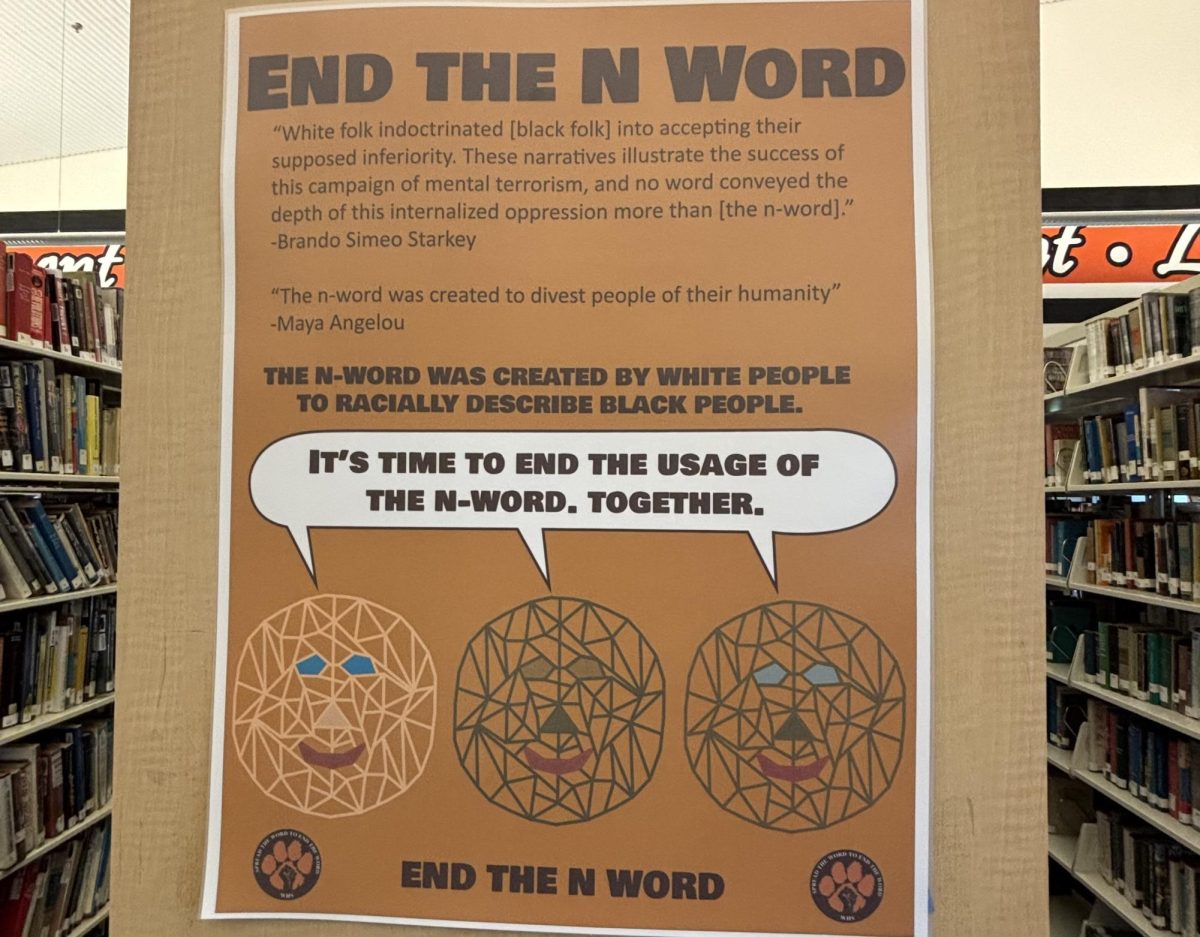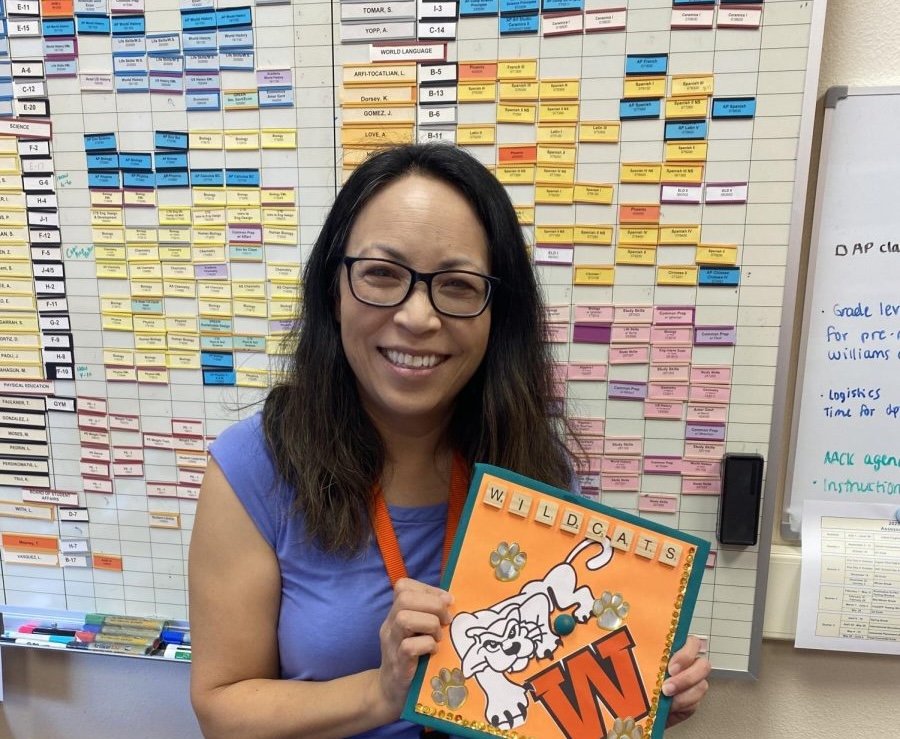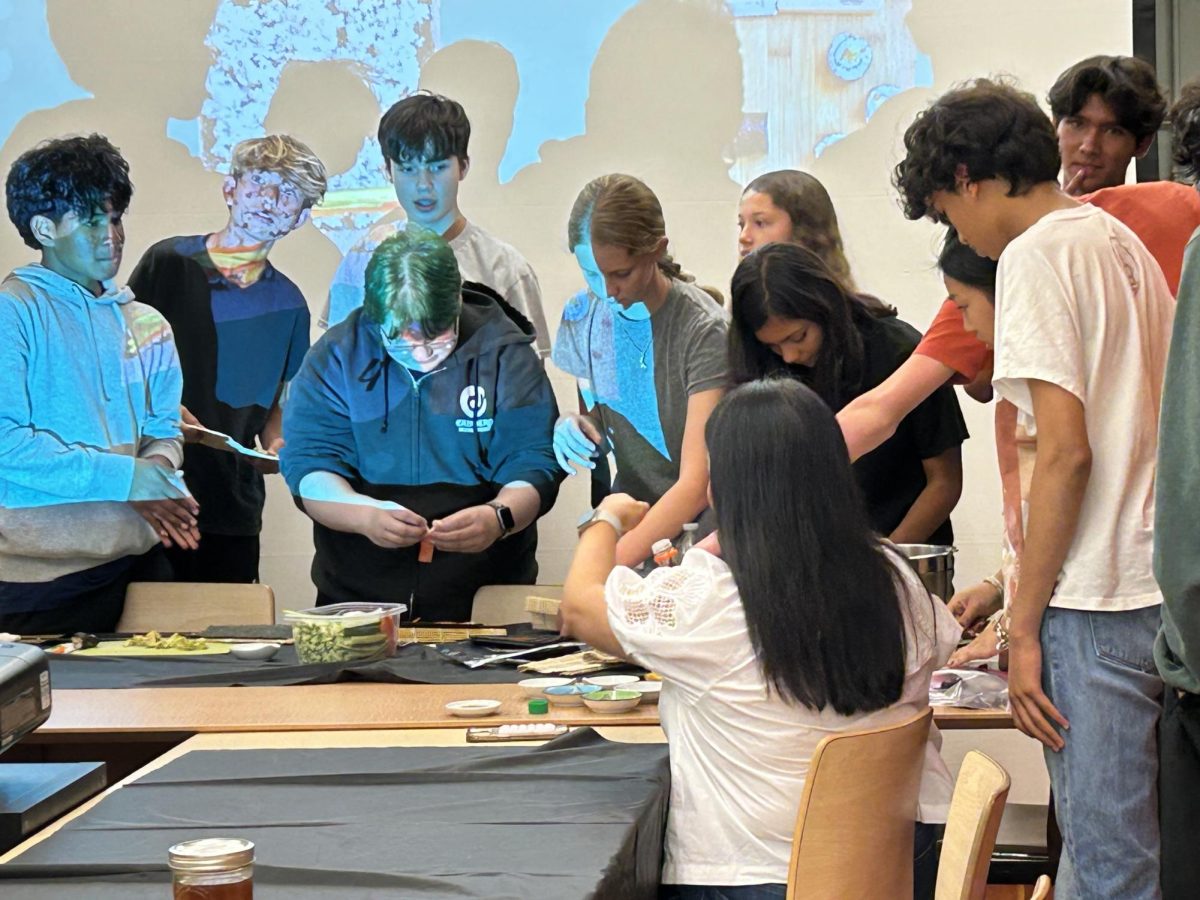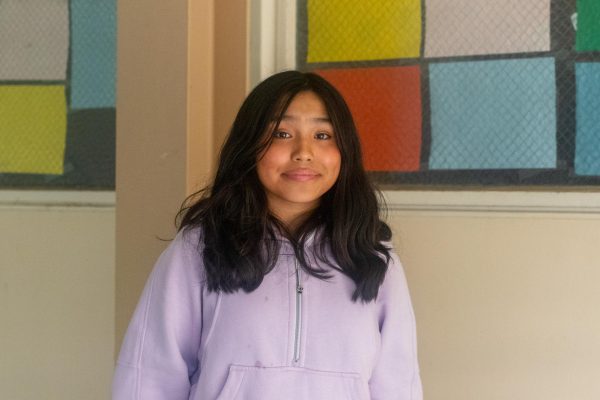In every classroom there are posters advocating for no discrimination or racism at school, but what do they really mean?
The Woodside High School Handbook addresses discrimination as harassment, intimidation or bullying on characteristics of identity, such as sex, ethnic group, race, national origin, religion, color, disability and other discriminatory acts specified in Regulation 5145.3 Nondiscrimination and Harassment of the Sequoia Union High School District (SUHSD) policies. Those who decide they have been subject to discrimination are encouraged to contact a staff member, especially the compliance officer or principal.
The district attempts to minimize discriminatory actions by publicizing and making the nondiscrimination policy, complaint procedures, resources and contact info to the coordinator of Title IX accessible on various platforms. It is also the responsibility of the principal or district designee to give assistance and provide resources for student protection from threatened or potential discrimination. Students and teachers have stated that humor is seen as a common theme in the normalization of racism and discrimination in the classroom.
“I’ve seen the use of the ‘N word’, discrimination and jokes of racism go around,” freshman Logan Bergner said.
Students who witness an act of discrimination are urged to report it to a school employee, especially to the principal, Title IX coordinator or compliance officer. School employees must do this as well within a day of the event. The student, parent or guardian will be notified of the right to file a formal complaint, either verbally or in writing, by the principal compliance officer or Title IX coordinator. Once this occurs, an investigation will begin.
If the discriminatory act was by the principal, Title IX coordinator, compliance officer or any other individual whom a report would usually be made to, it must be filed to the superintendent or designee who will decide how the complaint should be investigated. Teachers note that the majority of students do not intend harm to those the joke may be offensive to.
“I think if there is a racist comment or racist joke, it’s between two friends who are trying to be edgy rather than willingly harm or be racist to a student they don’t really know that well,” English teacher Brian Ngo said.
English teacher Elias Mooring believes that the internet and social media often gives students the impression that discriminatory language is humorous and therefore okay to use.
“Humor in general tends to be something that pushes the boundaries of what’s acceptable to say,” Mooring said. “One of the realms in which boundaries can be pushed is through racist things.”
The “N word” is a racial slur that is primarily targeted towards Black people in a derogatory manner. It comes from the Spanish word for black, and was historically used to refer to slaves in a dehumanizing way. Despite its meaning, it has been publicly used in multiple ways, most infamously during the political campaign by British conservative member of parliament Peter Griffins in a 1964 election for the Smethwick Chair in Britain. His electoral campaign was controversial for being bluntly racist, yet he still won. In today’s culture, it is often used by Black people in a cordial or amicable manner.
“I think that the ‘N word’ is really normalized in classes, and I think that people just find it okay to blurt it out sometimes,” junior Sofie Bershteyn said. “Teachers are probably very accustomed to it.”
Despite whether the discriminatory words and acts are meant to be malicious or not, teachers still make efforts to address them. Mooring takes those who say the “N word” and tries to educate them on the history of the word.
“I usually like to [address racism and discrimination in the classroom] as a one-on-one conversation, just so I can know where that student is coming from and what,” Mooring said. “I can kind of parse out the motivations for saying or doing whatever racist thing it was.”
There was one instance where Mooring addressed the entire class due to a story that contained many racist stereotypes on Black people, which caused a Black student who was in that group to cry. Mooring felt as though he was defending the student. Mooring explained that intervening helps the rest of the class realize that the teacher addressed the problematic situation. It also discourages others from further discriminatory actions. Ngo noticed that discriminatory acts are uncommon in his upperclassmen classes.
“I think by junior year most students know the appropriate way to behave with each other, and how to treat each other properly,” Ngo said.
If there is a discriminatory act, Ngo calls it out and reminds them that that is not allowed in the classroom, even if it is meant as a joke. However, there was recently an incident regarding discriminatory drawings. In addressing this, ethnic studies teacher Parsa Moein considered maturity as a factor.
“I teach freshmen, and I understand that it’s a new environment, especially high school,” Moein said. “Rather than acting harshly and immediately like I usually would with my other upper level classes, I decide to give one stern warning that if it happens again I will be recommending the highest and most intense punishment.”
Moein believes that freshmen are able to learn from their mistakes and use it as a learning experience for their future at Woodside. He believes the best way they can do so is to be educated.
“It’s all about education. We’re all here to learn and better ourselves through these four years,” Moein said. “I think that first of all, addressing it as what it is, a serious violation of both campus policy and just like, morality is extremely important.”
There have been actions regarding education taken. According to California EC section 218.3 (c) from the 2025-2026 to the 2029-2030 school year, there will be certificated employees and teachers serving students in grades 7-12 that are provided with an hour at minimum of LGBTQ+ cultural competency training. These employees are educated on existing resources from the school and community for LGBTQ+ and students who belong or are associated with groups or characteristics that may have them face bias, such as immigration status. The (SUHSD) also provides training or gives information to students, employees, volunteers and guardians regarding the discrimination policies; what is classified as discrimination and who to report and occurrence to as well as how; and how to avoid segregating or stereotyping students when providing services
Mooring agrees with Moein and stated it is important for the entire school, and not just a singular class, to address this issue.
“I heard from a Black student last year that he got called the “N word” with a hard R every day,” Mooring said. “I would not allow that in my classroom.”
Mooring believes that if there was a cohesive effort to end the use of the “N word”, such as being educated, it would improve the classroom.
“[Education such as] learning about the history of that word, not being afraid to call it out and to talk about it when you hear it in the halls or when you hear it in the classroom [is important],” Mooring said.
Bershteyn claimed not many students speak out on campus or do the right thing due to a fear of being perceived as not cool. She suggests that teachers should have a required class that teaches how to speak out and have a community building event on how to combat racism and discrimination.
“People don’t deserve to be hated just for being a certain ethnicity, race, religion or sexuality,” Bershteyn said.






